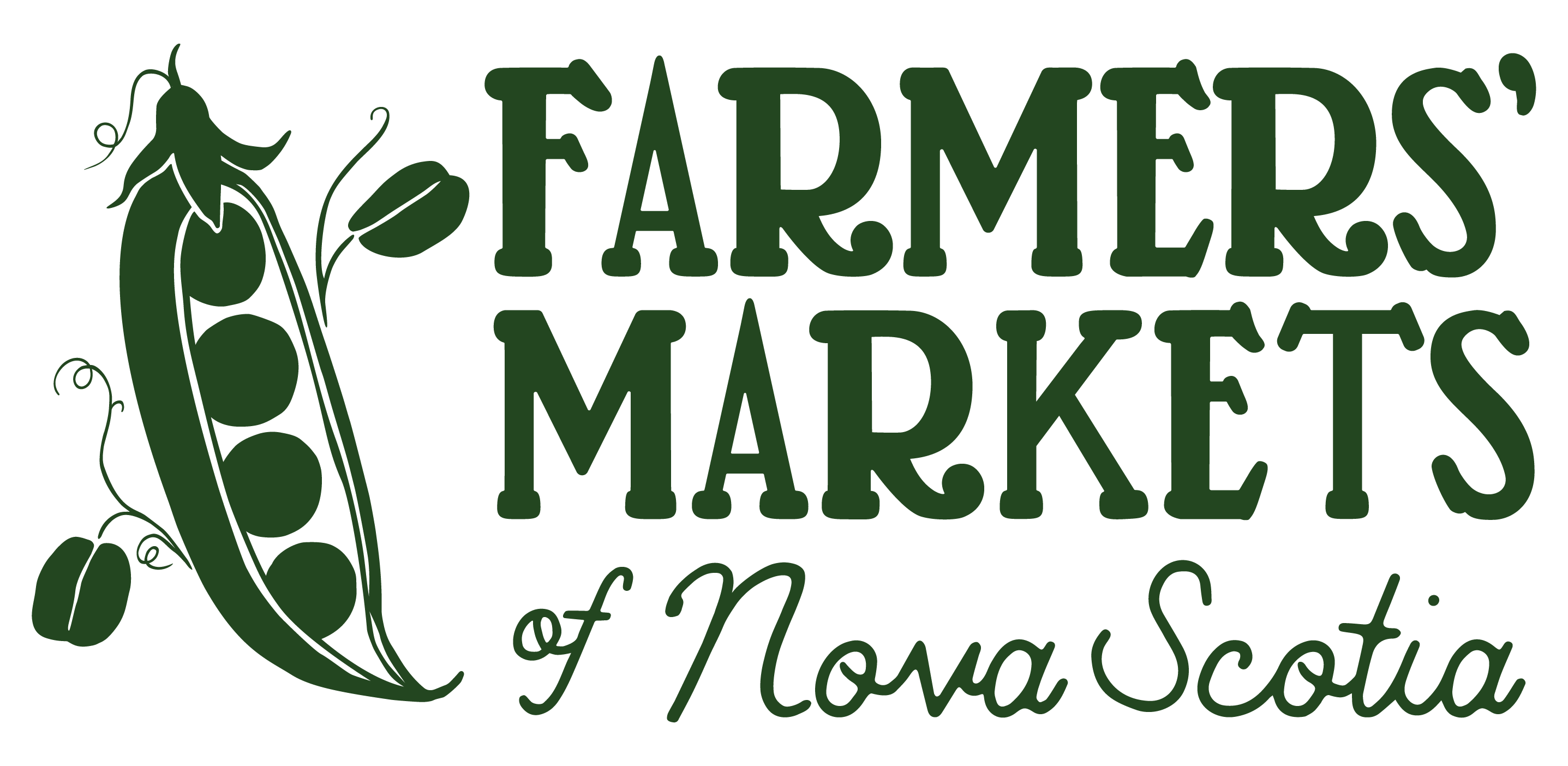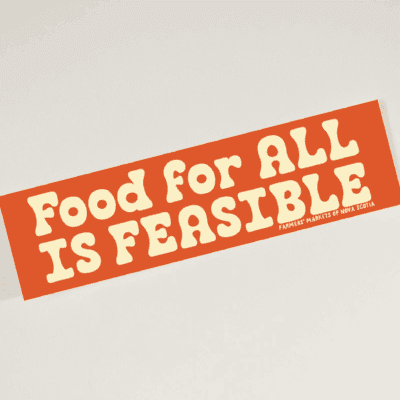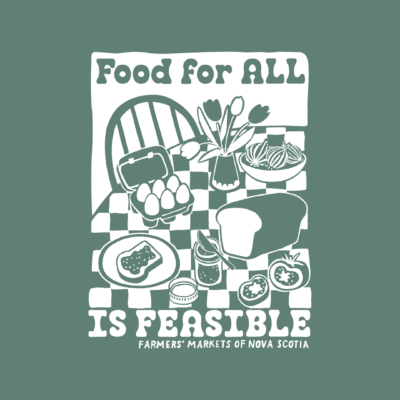The Acadia Entrepreneurship Centre undertook an extensive evaluation process to capture the impact of our 2020 Nourishing Communities Food Coupon Program. To read the full report, please click here! The Executive Summary can be found below.
Executive Summary
The 2020-2021 Nourishing Communities Food Coupon Program was the second iteration of a program that originally launched as a pilot in May 2019. This iteration – like the pilot – had three key objectives:
- To provide financial support to those in need to access healthy food, recognizing that Nova Scotia has the highest rate of food insecurity of any province in Canada.
- To provide an experience that supported physical, mental, and community health.
- To support local producers and farmers in developing a robust and resilient food system in Nova Scotia.
With continued funding support from the Nova Scotia government[1] – and in-kind/administrative support from many other partners – FMNS distributed $78,235.00 worth of food coupons over an 8-month period to 261 households (an average of approximately $300 per household) across 13 markets, including 6 markets that participated in the 2019 pilot program.
By nearly any measure, the 2020-2021 Nourishing Communities Food Coupon Program was a resounding success. Consider the following:
- High redemption rates: Coupon redemption rates were extremely high, with 86% of all food coupons being used. While this figure is down slightly from the pilot program (88.9% redemption), this was somewhat expected considering the logistical challenges associated with ongoing COVID restrictions. It should also be noted that several markets have granted permission for participants to redeem coupons after the program has officially ended, which is expected to increase the final redemption rate by a couple of percentage points.
- Healthy spending choices: Despite having no restrictions on how their coupons could be redeemed, participants overwhelmingly made healthy spending decisions on locally-sourced food, demonstrating a clear need. More than 85% of all coupons redeemed were used directly towards the purchase of foods, which included produce, prepared foods, and other agri-food products (compared with 84% during the pilot program). 32% of all redemptions were for produce.
- Engaged participants: More than 83% of all program participants completed a survey at the beginning of the program to express their expectations. 42% of all program participants completed an exit survey at the conclusion of the program to evaluate their experience (results included within the report).
- High impact: On a scale of 1-10 (where 1 = not valuable and 10 = extremely valuable) participants across all markets gave the program an average score of 9.0/10 (compared with 9.4/10 during the pilot). 64% of respondents rated it a perfect 10 (compared with 72% in the pilot). These figures were expected to decrease somewhat, given that some of the most popular elements of the market experience (such as the social experience) were either limited or eliminated due to COVID.
- Expanding social networks: 43% of participants indicated they made at least one new friend or social contact. This is down somewhat from the pilot program (57%), but this figure is still notably high given the significant social distancing protocols participants were required to follow.
- Diversifying dietary choices: 82% of participants purchased foods that were not part of their diet previously.
- Learning new things about food and nutrition: 65% of participants learned something new about food and nutrition (down from 78% in the pilot program). Given limited opportunities for participants to interact with vendors and market personnel, this decrease is unsurprising.
- Expected long-term dietary changes: 50% of participants expect to make long-term changes to their diet because of their participation in this program (down from 62% during the pilot program).
- Affording previously inaccessible foods: 92% of participants – solely because of this program – purchased food(s) that were previously unaffordable to them (up from 90% during the pilot program).
- Increased sense of community belonging: 92% of participants felt a greater sense of belonging to their community because of their participation in this program. This is up from 85% during the pilot and may speak to the impact market visits had on them during a period where many other usual forms of social interaction were discouraged.
- Eating healthier: 85% of participants reported eating healthier foods than usual during their participation in the program (down slightly from 87% during the pilot).
- Freeing budgets to meet other needs: 94% of participants – as a result of this program – felt they had more money to meet their other (non-food/grocery) needs. This is up from 85% during the pilot.
- Good value for money: 93% of participants believe they received good value for their food bucks overall (down slightly from 97% during the pilot).
- Online shopping: 30% of participants reported making either some or all of their market purchases online. 89% of those participants indicated it was either somewhat easy or extremely easy to make these orders digitally.
- Injecting more money into the local economy: 56% of participants reported spending money during their market visits in addition to their food bucks. 19% of participants reported spending at least $10 of non-food bucks money per visit, on average.
- Economic impact – though not directly measured – is presumed to be significant. All coupons were redeemed for locally produced foods and goods, resulting in minimal economic leakage.
[1] Including an $80,000 investment from Communities, Culture, and Heritage (CCH) Nova Scotia for the 2020 program, combined with a $20,000 investment from Second Harvest (Food Rescue).





Trackbacks/Pingbacks